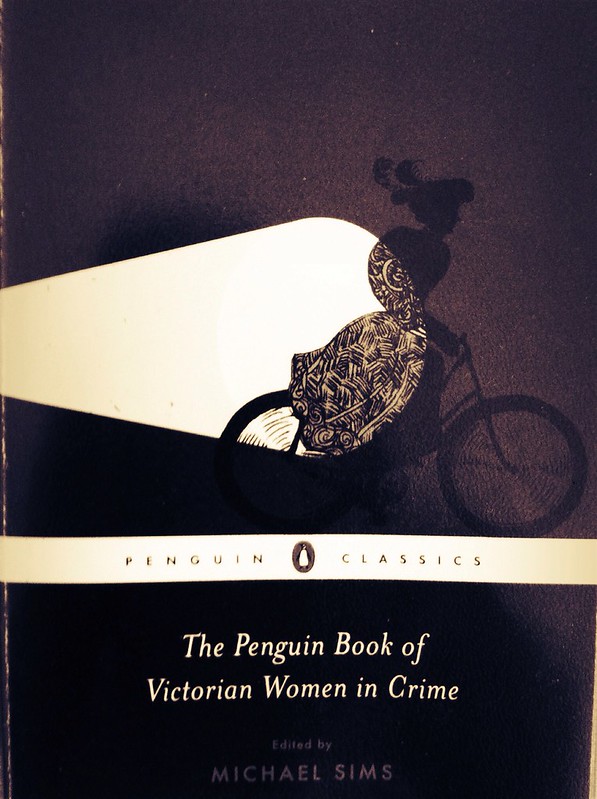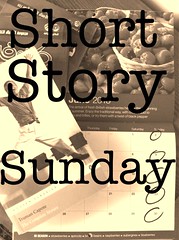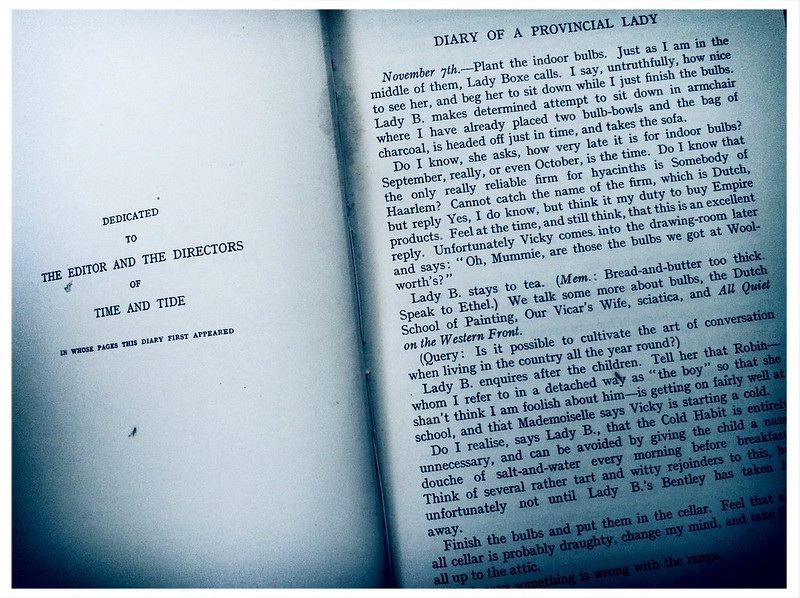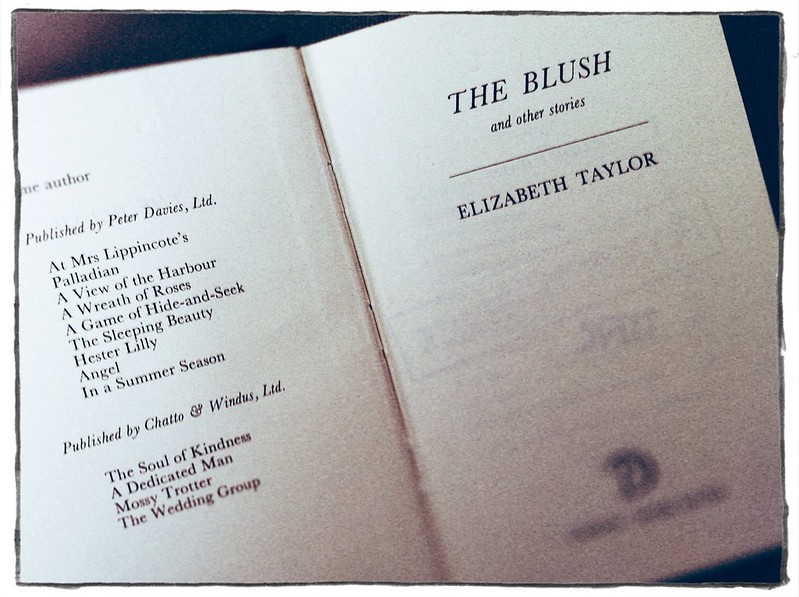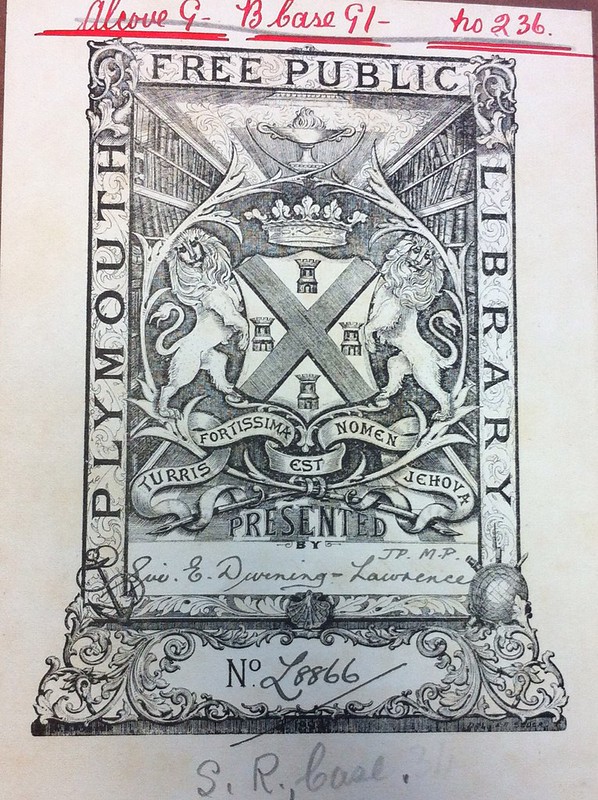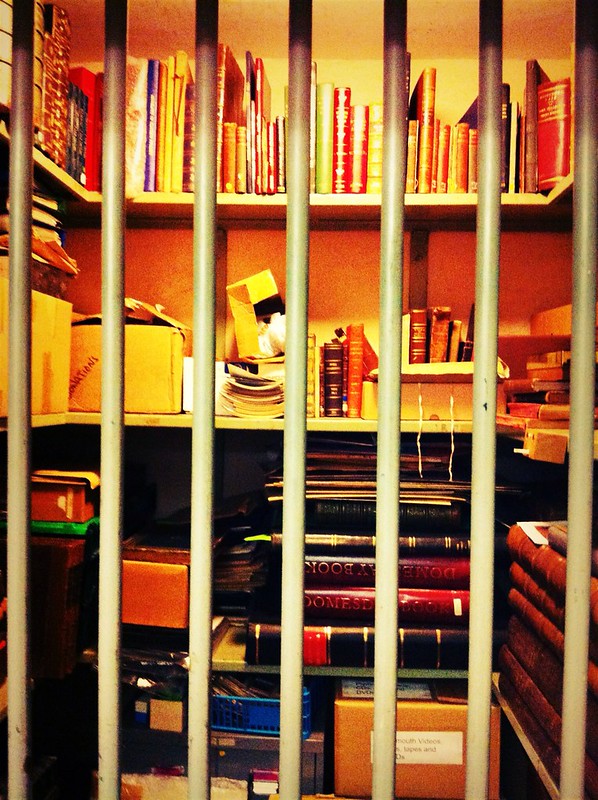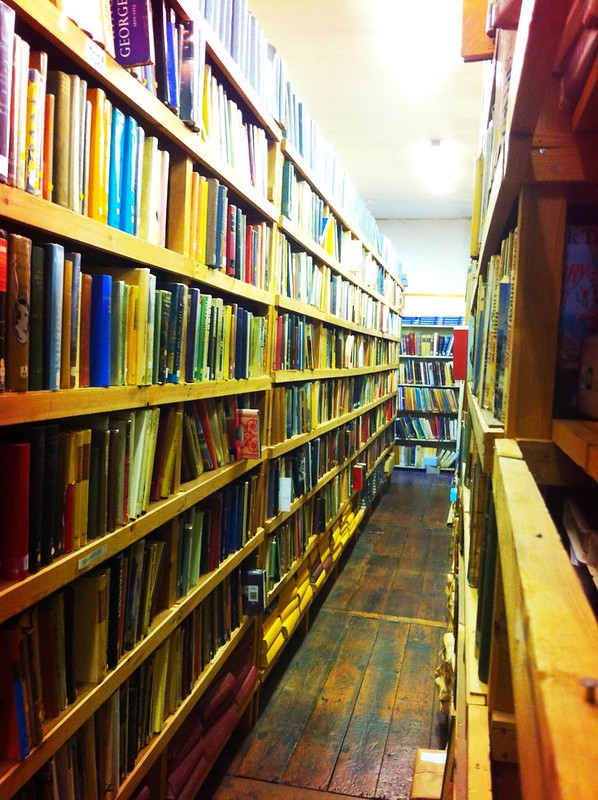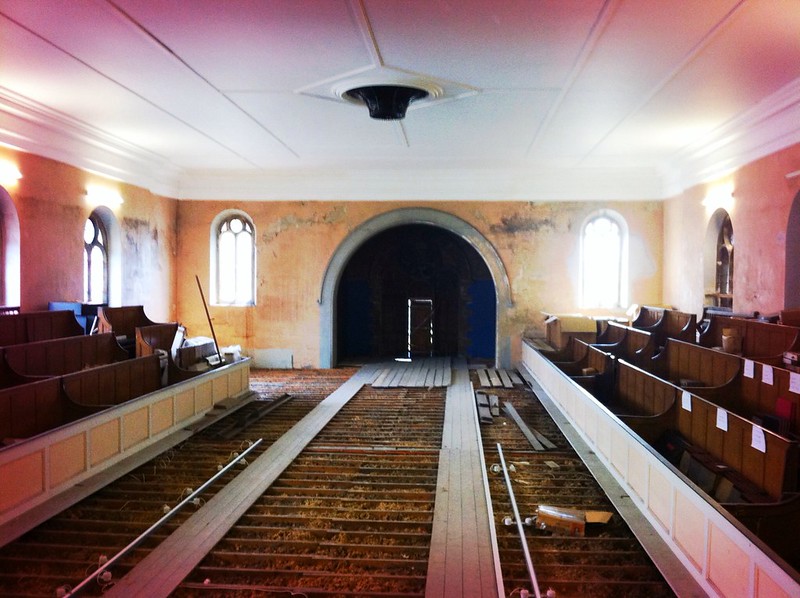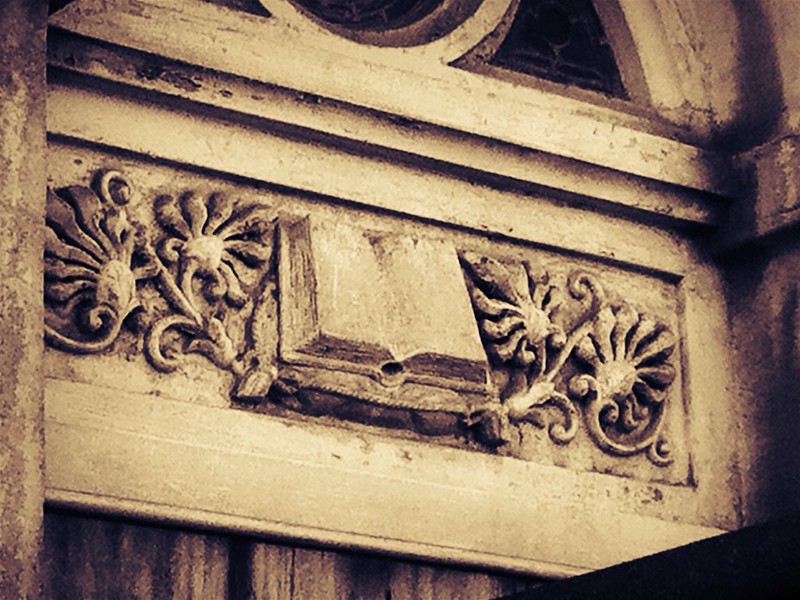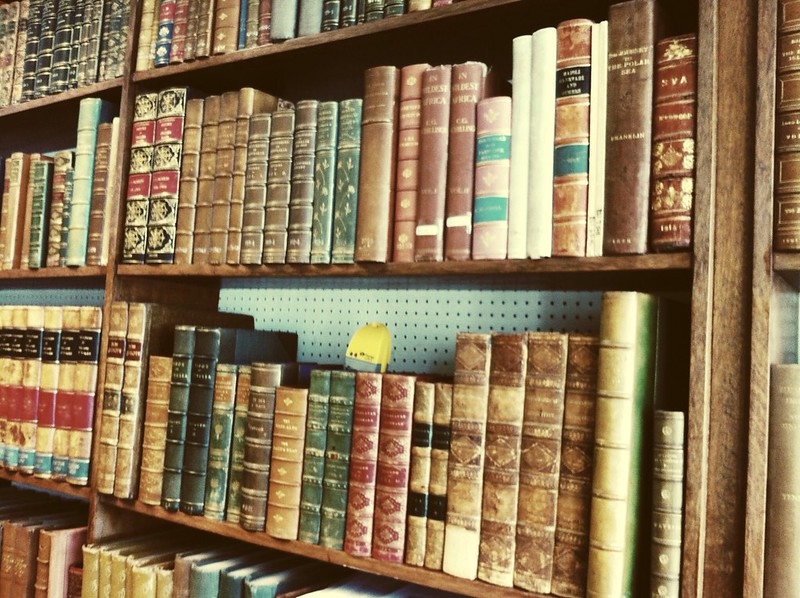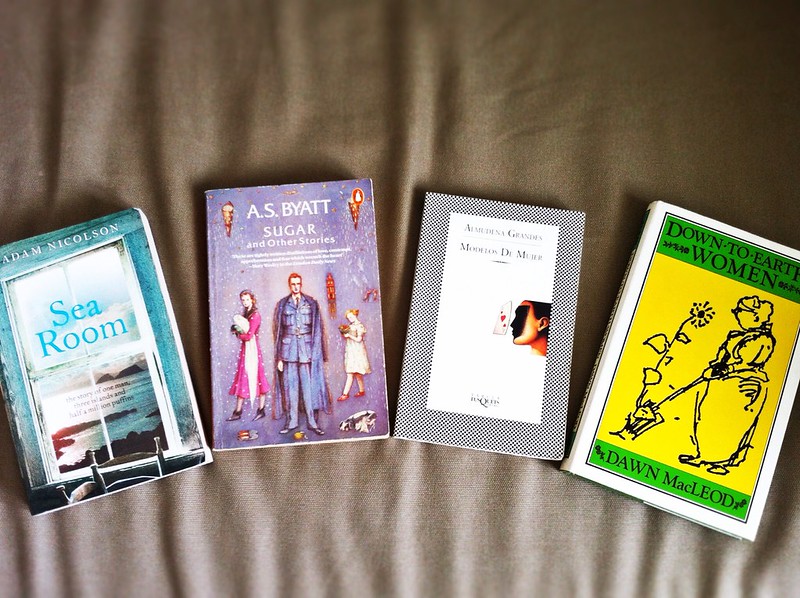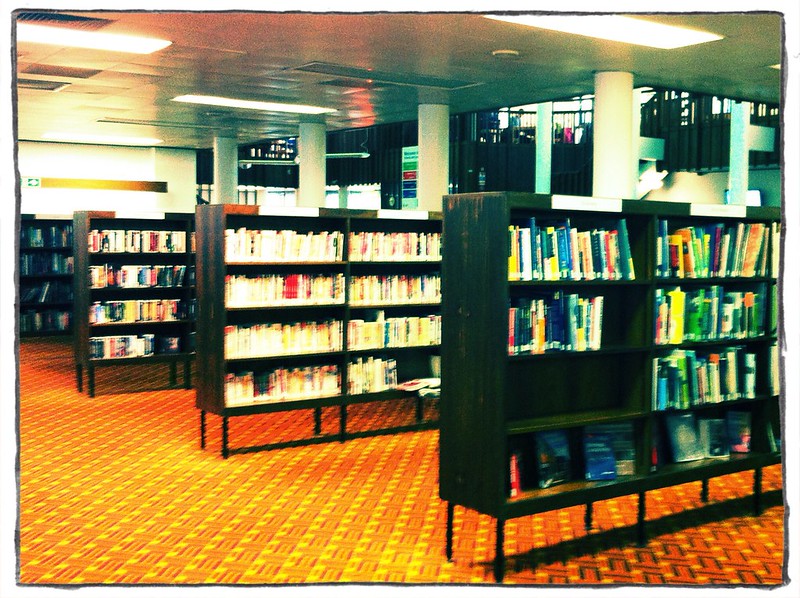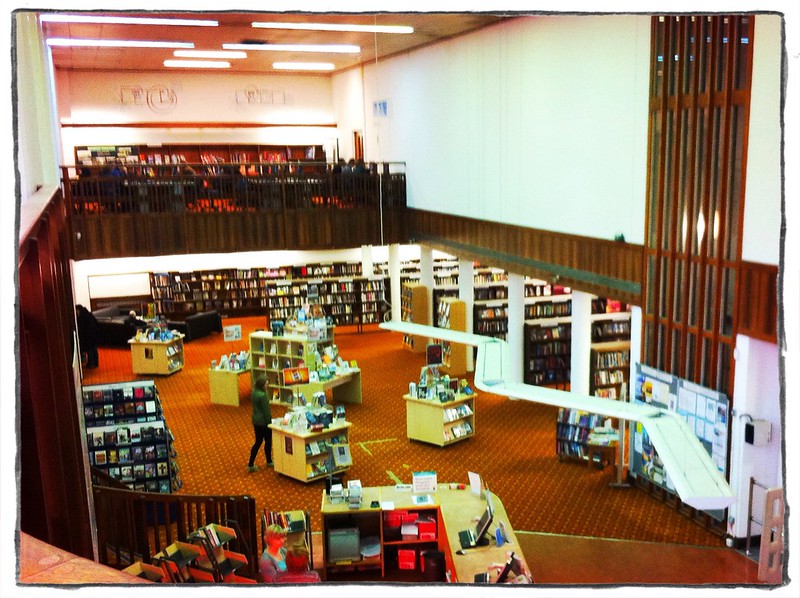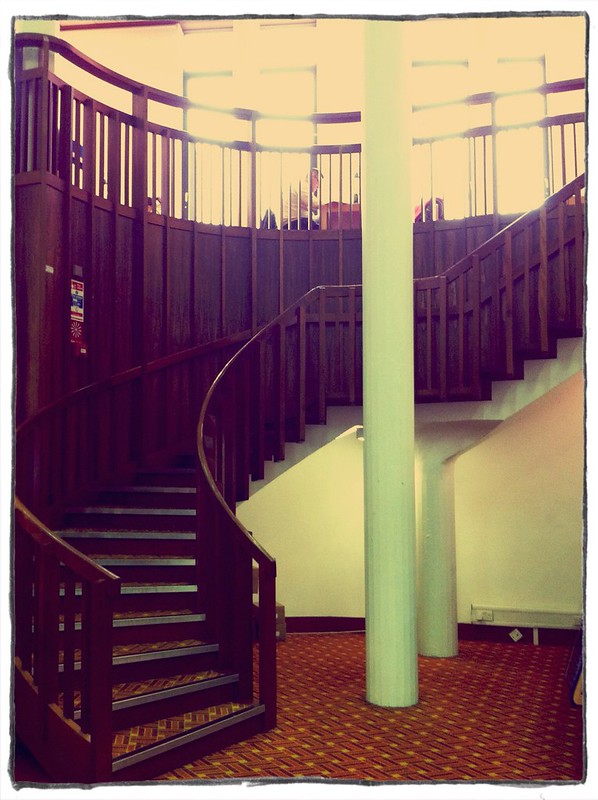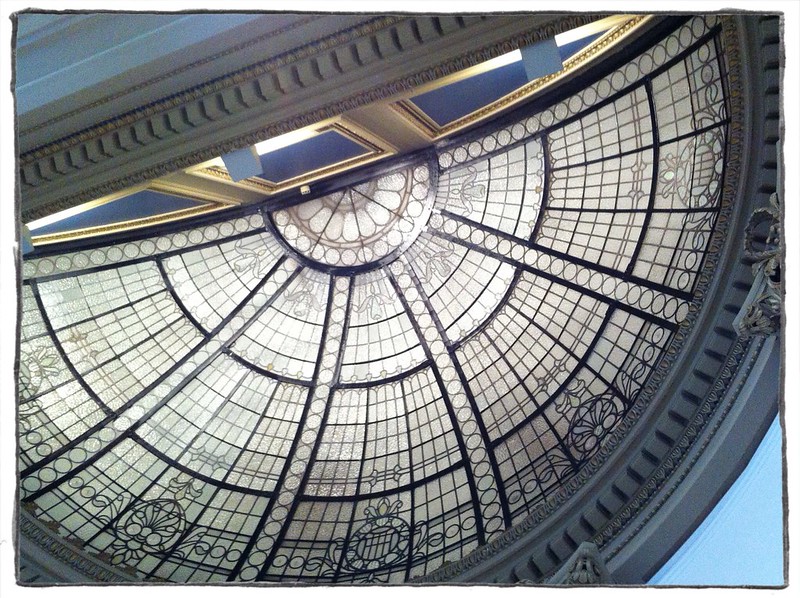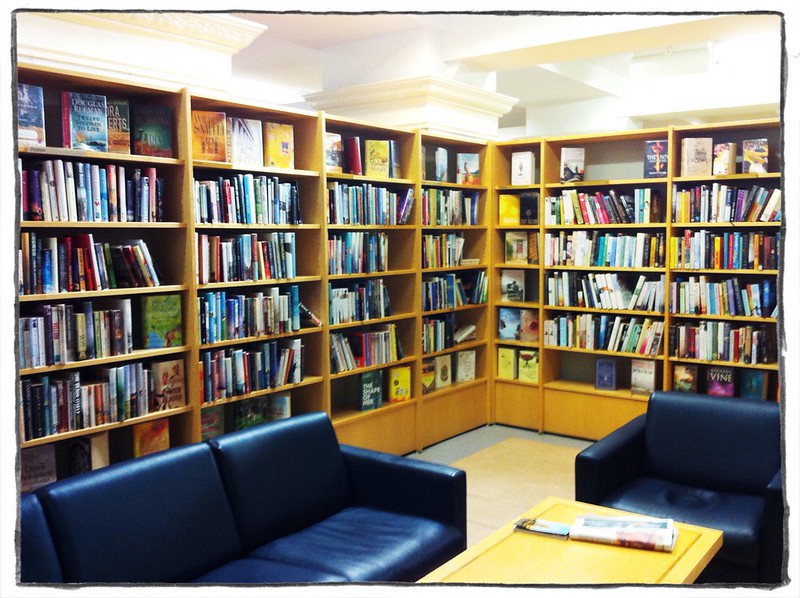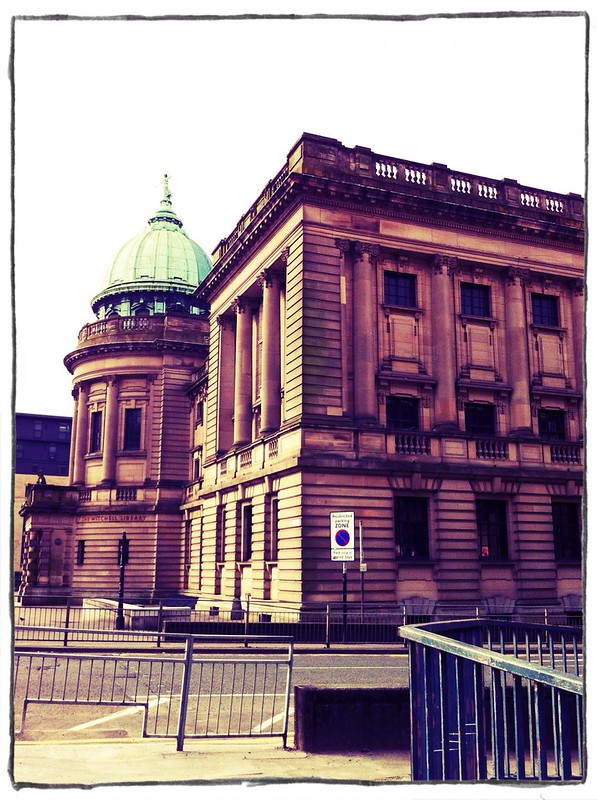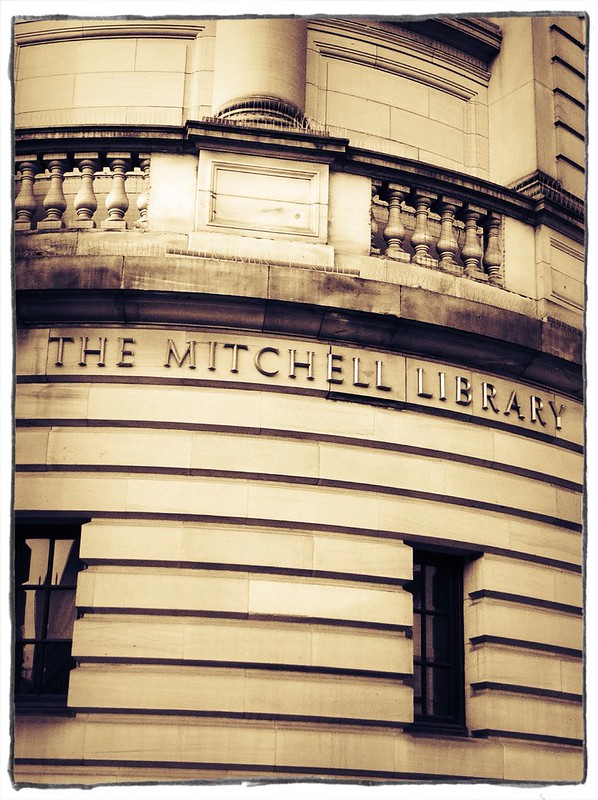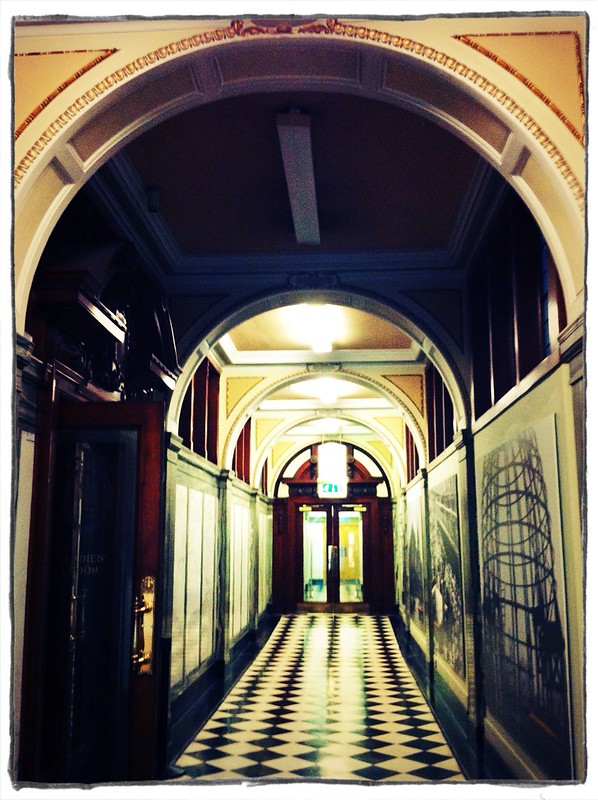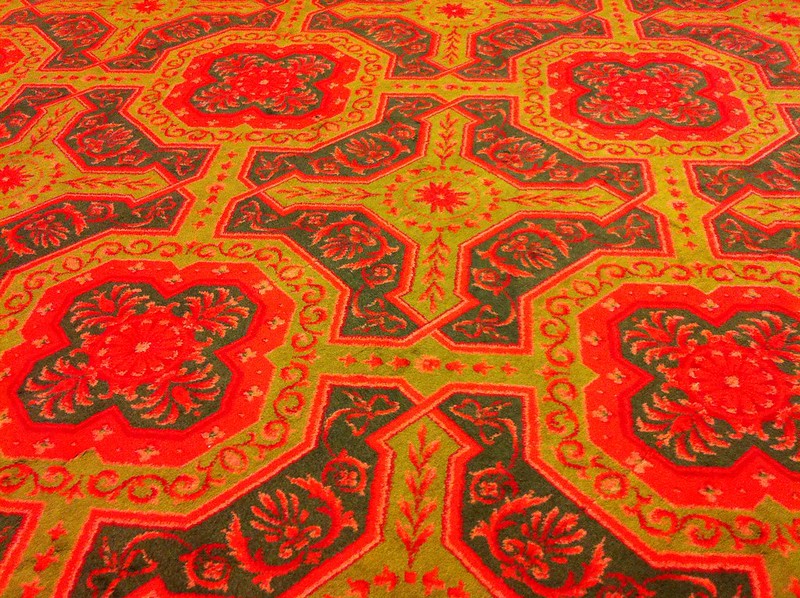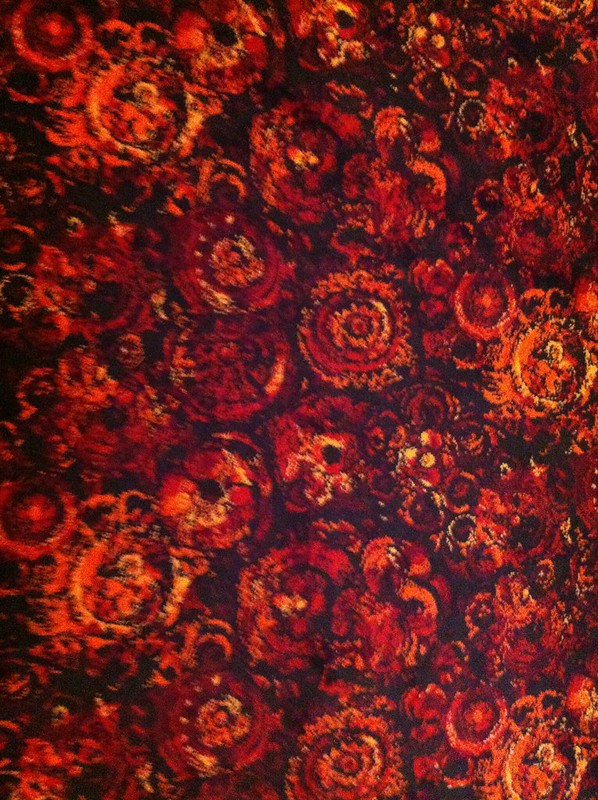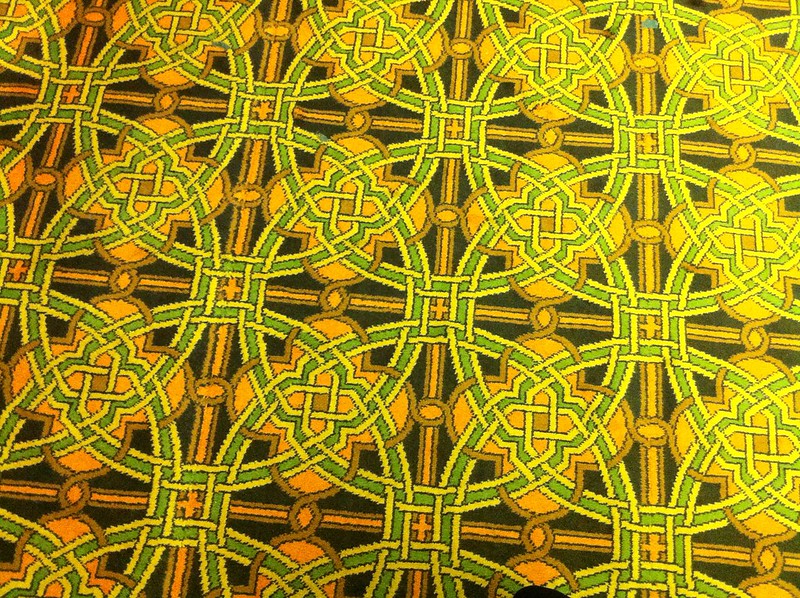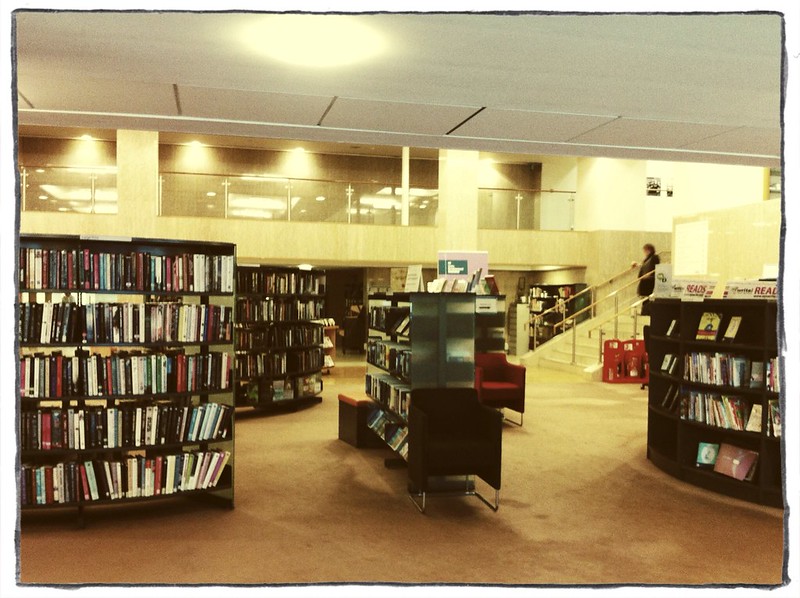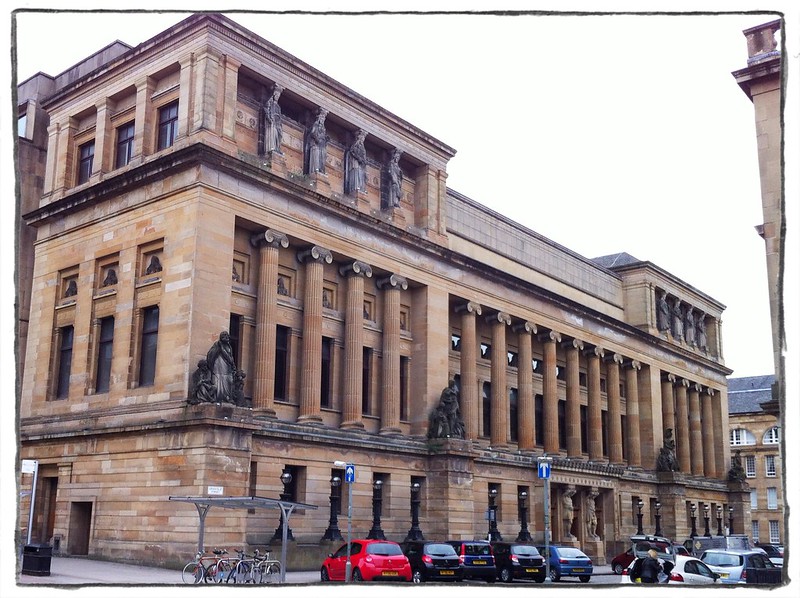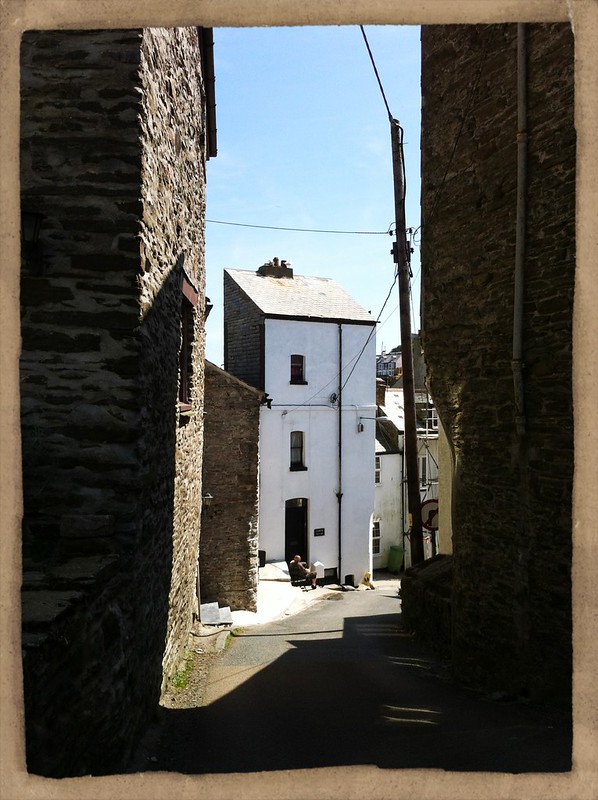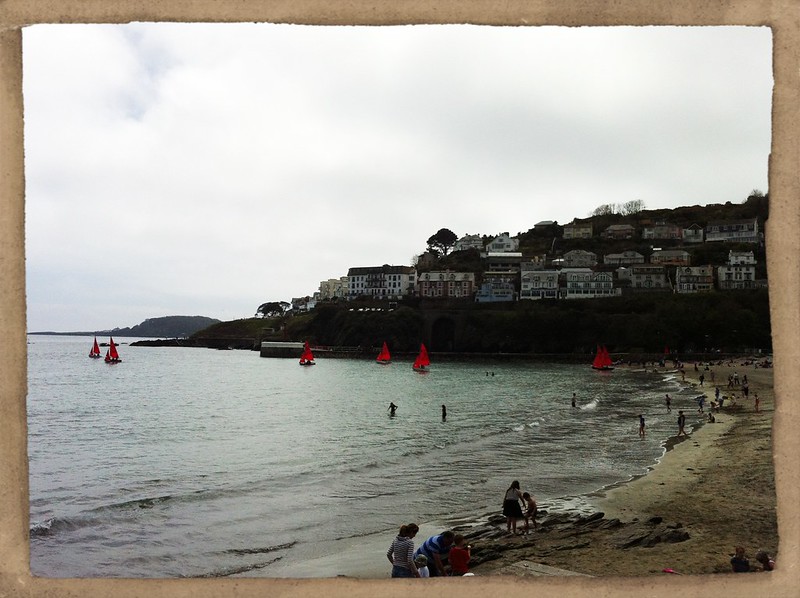The Penguin Book of Victorian Women in Crime - Edited by Michael Sims
If you enjoy the stories of Arthur Conan Doyle's Sherlock Holmes, but would like to see some ladies involved in the crime-solving action, then this book is for you.
This Penguin Classics title, edited and with an introduction by Michael Sims, features ten short stories and one excerpt from a longer work:
- The Mysterious Countess - W. S. Hayward (1864). This story shows Mrs Paschal - a professional detective who works for the police - in action solving the mystery of a wealthy countess' wealth and a bank robbery.
- The Unknown Weapon - Andrew Forrester (1864). We meet Mrs G, another professional detective, who solves the mysterious death of Graham Petleigh, the son of the local squire of a Midland's town, who is found dead outside of the family home.
- Drawn Daggers - C.L. Perkins (1893). Loveday Brooke is perhaps the first female detective created by a female author (four of the eleven stories in this collection are written by female authors). In this adventure she is hired to solve the case of a missing piece of valuable jewellery.
- The Long Arm - Mary E. Wilkins (1895). The protagonist of this story, Sarah Fairbanks, is not a professional detective. After being accused, questioned and subsequently released for the murder of her father, Miss Fairbanks determines to investigate the crime herself as the police seem incapable of making further discoveries that would aid them in catching the murderer. Mary E. Wilkins was an American author and this story takes place in New England.
- That Affair Next Door - Anna Katharine Green (1897). This is the one entry in the collection which is an excerpt from a novel rather than a short story. That Affair Next Door is available to read in its entirety on Project Gutenberg and the first chapter which appears in The Penguin Book of Victorian Women in Crime serves only to whet the appetite for Anna Katharine Green's entertaining female
busybodydetective, Amelia Butterworth. Anna Katharine Green is another American author; she grew up in Brooklyn and Buffalo and most of her stories are set in New York. - The Man With The Wild Eyes - George R. Sims (1897). Dorcas Dene is a former actress now married to an artist. She becomes a detective when she is compelled to seek work again after the illness and resulting blindness of her husband. Her neighbour, a retired policeman, gives her a start in the investigations business and when he retires she takes on his clients. Dorcas uses her skills learnt from the theatre to disguise herself on her various cases. In this story we see her impersonating a nurse in order to solve the riddle of a gentleman's daughter who has been attacked but pretends that a tramp carried out the assault. Dorcas is tasked with uncovering the real identity of the assailant.
- The Adventure of the Cantankerous Old Lady - Grant Allen (1899). Lois Cayley has just graduated from Girton College and without any family ties she sets off to achieve her dream of travelling the world. As she doesn't have any money she funds the first stage of her journey by becoming a ladies' companion and accompanying a wealthy aristocrat on her trip to Germany. Lois keeps her companion's diamonds safe when a fellow traveller tries to steal them and helps the police to locate the would-be thief.
- How He Cut His Stick - M. McDonnell Bodkin (1900). This story features professional detective, Dora Myrl. She is a plucky, new woman who is happy to get around on a bicycle and carries a revolver. In this story she is tasked with discovering how a large amount of gold was stolen by a thief who managed to disembark from a train travelling at more than 50 miles per hour.
- The Man Who Cut Off My Hair - Richard Marsh (1912) - tells the story of Judith Lee who is a teacher of lip-reading, she relates an adventure from when she was twelve years old. She helps the police to catch a gang of thieves who have been carrying out thefts of valuable jewels and other belongings over a number of years. The twelve year old Judith succeeds where the professionals have failed due to her skills in lip-reading, so more a case of being in the right place at the right time rather than active detective work.
- The Man with Nine Lives - Hugh C. Weir (1914). We are introduced to Madelyn Mack in this story. Hugh C. Weir's female sleuth is based on a real female detective, Mary Holland, who ran an investigations agency with her husband. Like Sherlock Holmes, Madelyn Mack is considered a genius by those around her, especially her sidekick Nora Noracker, and like Sherlock (famous for his cocaine habit), when she is bored she consumes cola berries as a stimulant
- The Second Bullet - Anna Katharine Green (1915). This is the second story of the collection written by Anna Katharine Green. This story features her other female detective, the young, wealthy socialite Violet Strange.
Although the quality of the stories was rather up and down, the collection forms an excellent starting point from which to explore the adventures of fictional, female detectives.
